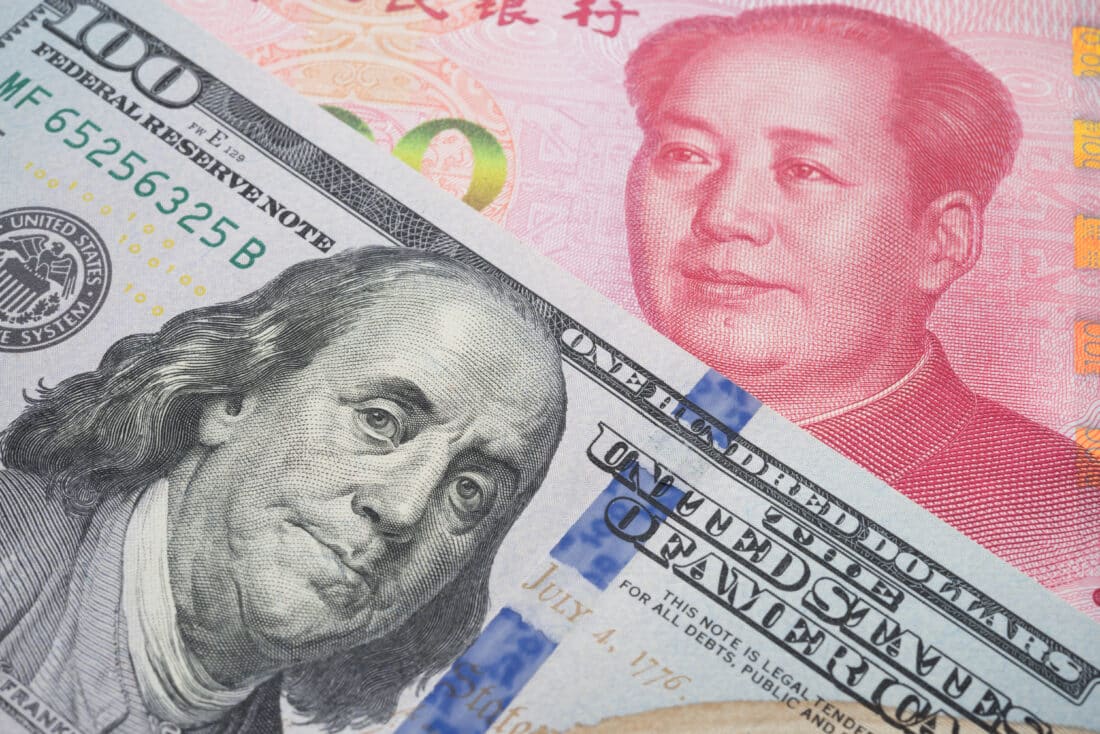Examining The U.S. Dollar's Dominance And The Implications Of Its Decline
For nearly eight decades since the end of the Second World War, the U.S. dollar has reigned supreme as the global currency. It has woven itself into the fabric of international trade, commerce, and finance, transcending borders and being universally accepted across the world. From the remotest corners of the Amazon to bustling city centers, the iconic $20 bill featuring Andrew Jackson's face has been synonymous with American economic power and stability.
However, as history has shown, empires rise and fall, and nothing lasts forever. The world today is witnessing unprecedented geopolitical and economic shifts that challenge the status quo, and the once-unassailable U.S. dollar is no exception. A year ago, the Russian military's invasion of Ukraine sent shockwaves around the world, not just for the destabilizing impact it had on global security, but also for the alarming reaction it triggered among U.S. policymakers.
As we navigate these tumultuous times, it is crucial to reflect on the unique advantages the U.S. dollar has provided and explore the potential consequences if its reign were to come to an end. For that is a possibility that America may soon face as China, Russia, along with their BRICS allies begin asserting their economic and military dominance across half the globe.










